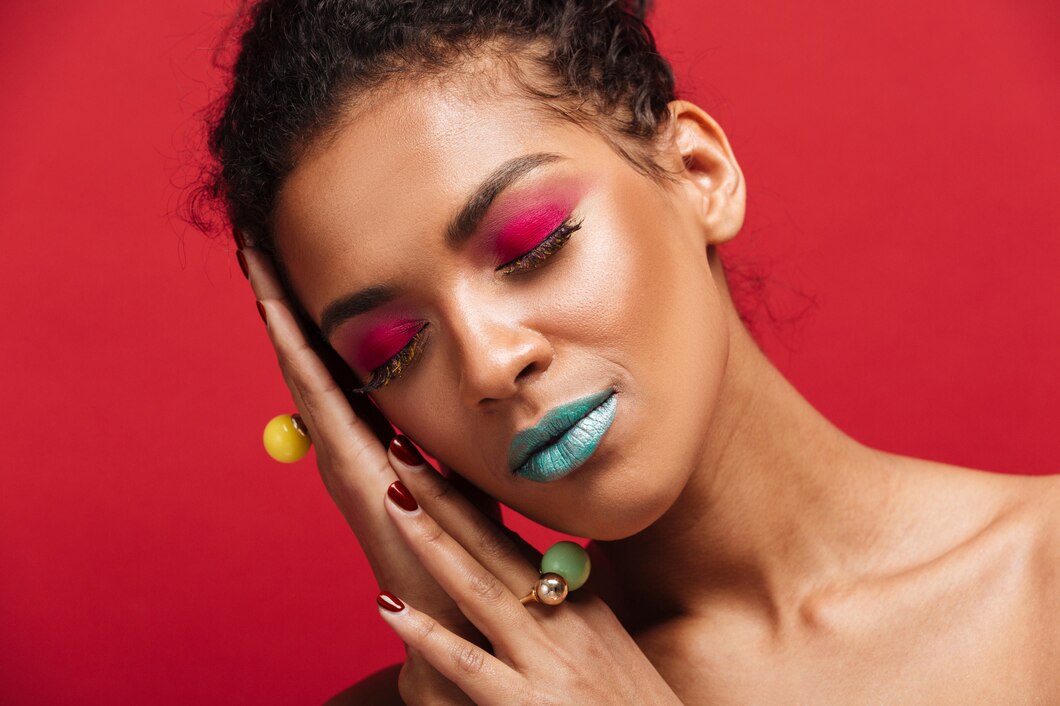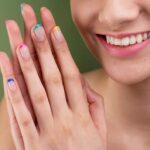Makeup has been an integral part of human culture for thousands of years, evolving alongside societal norms, technological advancements, and cultural shifts. From ancient rituals to modern-day beauty standards, makeup has served various purposes, from the ceremonial to the everyday. This article takes a journey through the history of makeup, exploring its origins, transformations, and the trends that have defined beauty across different eras.
Ancient Beginnings: The Origins of Makeup
The use of makeup can be traced back to ancient civilizations, where it held both practical and symbolic significance. In ancient Egypt, makeup was not just a beauty enhancer but also a marker of social status and a form of protection. The Egyptians used kohl, a dark pigment made from ground minerals, to line their eyes. This not only enhanced their appearance but also protected their eyes from the harsh sun and warded off evil spirits. Cleopatra, the iconic Egyptian queen, is often remembered for her dramatic eye makeup, which has become a symbol of ancient beauty.
Meanwhile, in ancient Greece and Rome, pale skin was highly prized, signifying wealth and a life of leisure. Women would use white lead to lighten their skin, despite its toxic properties. Red ochre was used as a blush to add color to the cheeks, and crushed berries served as lip color. However, the emphasis on natural beauty meant that makeup was often used subtly, unlike the more dramatic styles seen in Egypt.
The Middle Ages to the Renaissance: Changing Perceptions
During the Middle Ages in Europe, the use of makeup was frowned upon by the Church, which associated it with vanity and sin. However, the desire to achieve the ideal of pale skin persisted. Women would often resort to dangerous methods, such as bloodletting, to achieve the desired pallor. Rouge and lip color were used sparingly, as bold makeup was seen as a sign of moral corruption.
The Renaissance period saw a revival of art, culture, and, consequently, beauty standards. Pale skin continued to be in vogue, but the use of makeup became more widespread. Lead-based face powders were still in use, despite their known risks. Women also began using more elaborate beauty techniques, such as dyeing their hair blonde, which was considered the height of fashion.
The Victorian Era: Modesty and Morality
The Victorian era, with its strict moral codes, brought a return to more modest beauty standards. Makeup was associated with actresses and women of questionable repute, so it was often used discreetly. Pale skin was still idealized, and women would use rice powder to achieve this effect. Lip color was achieved with natural dyes, such as beet juice, while cheeks were pinched to add a natural flush.
Despite these restrictions, the Victorian era also saw the rise of skincare. Cold creams and lotions became popular, as the focus shifted towards maintaining a healthy and natural complexion. This period laid the groundwork for the skincare industry that would flourish in the 20th century.
The 20th Century: The Birth of Modern Makeup
The 20th century marked a turning point in the history of makeup, with the emergence of the modern cosmetics industry. The 1920s, known as the Roaring Twenties, saw a dramatic shift in beauty trends. Women embraced bold, expressive makeup, with dark, smoky eyes, thin eyebrows, and deep red lips. This era was characterized by the flapper look, symbolizing independence and a break from traditional gender roles.
The 1950s and 1960s introduced the era of Hollywood glamour, with stars like Marilyn Monroe and Audrey Hepburn setting beauty trends. Winged eyeliner, bold red lips, and perfectly coiffed hair became the standard of beauty. The influence of cinema and television played a significant role in popularizing makeup trends during this period.
The 1970s and 1980s saw the rise of diverse beauty standards, with the introduction of vibrant colors, glitter, and bold looks. The disco era and punk movement encouraged self-expression through makeup, with experimental styles that broke away from conventional beauty norms. The 1990s, however, brought a return to minimalism, with the “no-makeup” makeup look becoming popular, characterized by natural tones and a fresh-faced appearance.
The 21st Century: Diversity and Innovation
The 21st century has witnessed an explosion of diversity and innovation in the world of makeup. The beauty industry has become more inclusive, with a broader range of products catering to different skin tones and types. Social media has played a crucial role in shaping beauty trends, with influencers and makeup artists sharing techniques and products with a global audience.
Technological advancements have also transformed the industry, with the development of long-lasting formulas, cruelty-free products, and customizable makeup. The rise of beauty brands founded by celebrities, such as Fenty Beauty by Rihanna, has further democratized makeup, promoting the idea that beauty is for everyone, regardless of race, gender, or age.
Today, makeup is not just about enhancing one’s appearance; it is also a form of self-expression, art, and empowerment. From bold, avant-garde looks to subtle, natural beauty, the possibilities are endless.
The history of makeup is a testament to the ever-evolving nature of beauty standards and the role of cosmetics in human culture. From the ancient Egyptians to the digital age, makeup has been used to define and redefine beauty. As we continue to embrace diversity and innovation, the future of makeup promises to be as dynamic and transformative as its past.








